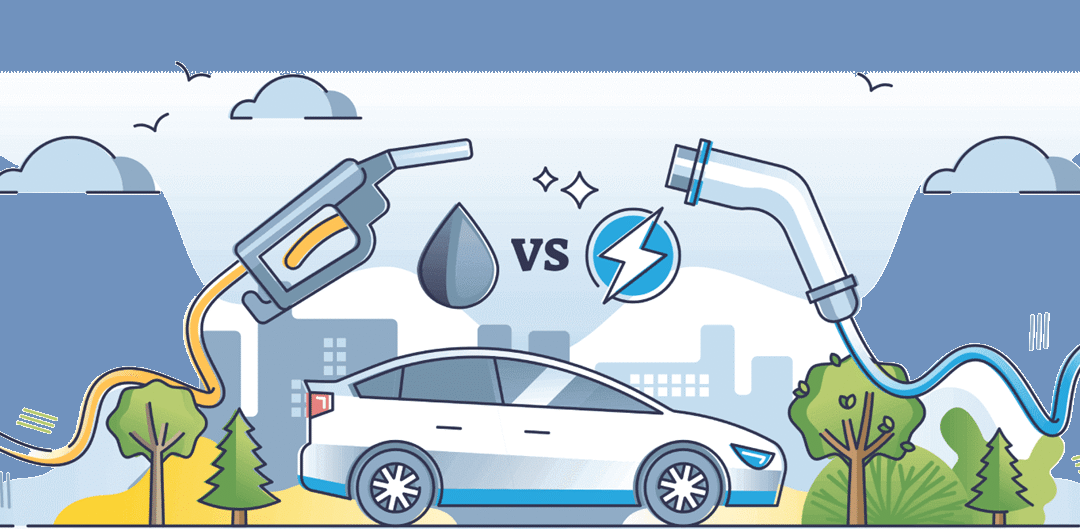Talk to any seasoned auto driver and the story repeats itself: fuel prices keep creeping up, passengers haggle over fares, and one late payment from a fleet contract can throw cash flow off balance. In this environment, the decision to buy a new three-wheeler is no longer just about horsepower or style—it’s about survival math.
Today’s buyer faces a critical fork in the road: finance a conventional petrol or diesel auto that’s familiar and cheaper up front, or invest in an electric three-wheeler with a bigger price tag but far lower running costs. The vehicle loan you choose determines more than your monthly EMI. It shapes your profit margin for years.
Let’s break down the key factors so you can decide which financing route fits your business best.
EV vs Petrol/Diesel Three‑Wheeler Loan: Upfront Price & Loan Structure
Electric three-wheelers generally cost more at purchase—often 15–25 % higher than their petrol or diesel counterparts. That means a larger loan amount or a slightly higher down payment.
Typical loan terms for commercial three-wheelers run three to five years, and most banks now finance up to 85% of the on-road price for both fuel types. However, many lenders and state EV programs offer special schemes for electric autos—lower processing fees, slightly reduced interest rates, or higher loan-to-value (LTV) ratios—to offset the sticker shock.
If you qualify, these incentives can narrow the gap in EMIs despite the higher vehicle cost.
Running Costs and Total Cost of Ownership
The real difference shows up once the auto hits the road.
- Fuel/Energy: Electricity costs roughly ₹1–₹1.2 per km for an EV three-wheeler, compared to ₹3–₹4 per km for petrol or diesel
- Maintenance: EVs have fewer moving parts—no oil changes, fewer belts and filters—cutting routine service expenses by 30–40 %
Over a five-year loan term with high daily usage (say 100 km/day), these savings can outstrip the higher EMI of an EV loan, giving electric autos a clear edge in total cost of ownership (TCO).
Incentives, Subsidies & Policy Tailwinds
Central and state governments continue to sweeten the deal for EV buyers:
State-level grants can knock tens of thousands off the purchase price. EVs attract less GST than the conventional autos.
Many cities waive or discount road taxes and permit fees for electric three-wheelers. These policy benefits effectively lower both the principal you finance and the interest you’ll pay over the loan tenure. Conventional vehicles, meanwhile, face the opposite trend—tightening emission norms and the possibility of future congestion or pollution surcharges.
Resale Value and Risk
Petrol and diesel autos have long-established resale markets, which can reassure lenders and keep interest rates competitive.
EV resale is newer territory: battery health and technology shifts affect valuation. Look for manufacturers offering long battery warranties (3–5 years) and for lenders that factor battery replacement plans into their loan packages.
As the used-EV market matures and battery leasing models spread, this risk is expected to decline, but today it still deserves attention when you calculate the loan’s end-of-term payoff.
What Lenders Evaluate
Banks weigh a few common factors for both fuel types:
- Your credit score and repayment history
- Business income or fleet earnings
- Collateral, if required for a larger loan
Most government policies support electrification; some banks now earmark special credit lines for EVs and may stretch tenure or reduce the rate for qualifying borrowers. If your daily mileage is high and your repayment record is clean, you’re in a strong position to negotiate.
Choosing the Better Value
So which vehicle loan wins? It depends on your situation:
Scenario | Likely Better Value
- High daily mileage (80 km+) and multi-year ownership | EV loan – operational savings outweigh higher EMI
- Low usage or uncertain charging access | Petrol/Diesel loan – lower upfront cost and simpler refueling
- Plan to resell within 3 years | Petrol/Diesel loan – established resale market
- City with strong EV incentives and charging network | EV loan – subsidies + lower GST tip the balance
Run a simple TCO spreadsheet using your actual daily kilometres, local electricity and fuel prices, and the loan terms offered by your bank. Factor in subsidies and expected resale value. The winner will often reveal itself quickly.
Final Thoughts
An EV three-wheeler loan may start with a slightly higher EMI, but for drivers with steady routes and high mileage, the long-term savings in fuel, maintenance, and tax incentives can make it the smarter financial play. A petrol or diesel vehicle loan still fits operators with light use, unpredictable routes, or a short ownership horizon.
Either way, the right choice isn’t about technology alone. It’s about matching financing to your business model so your next three-wheeler keeps cash flowing in the right direction.

